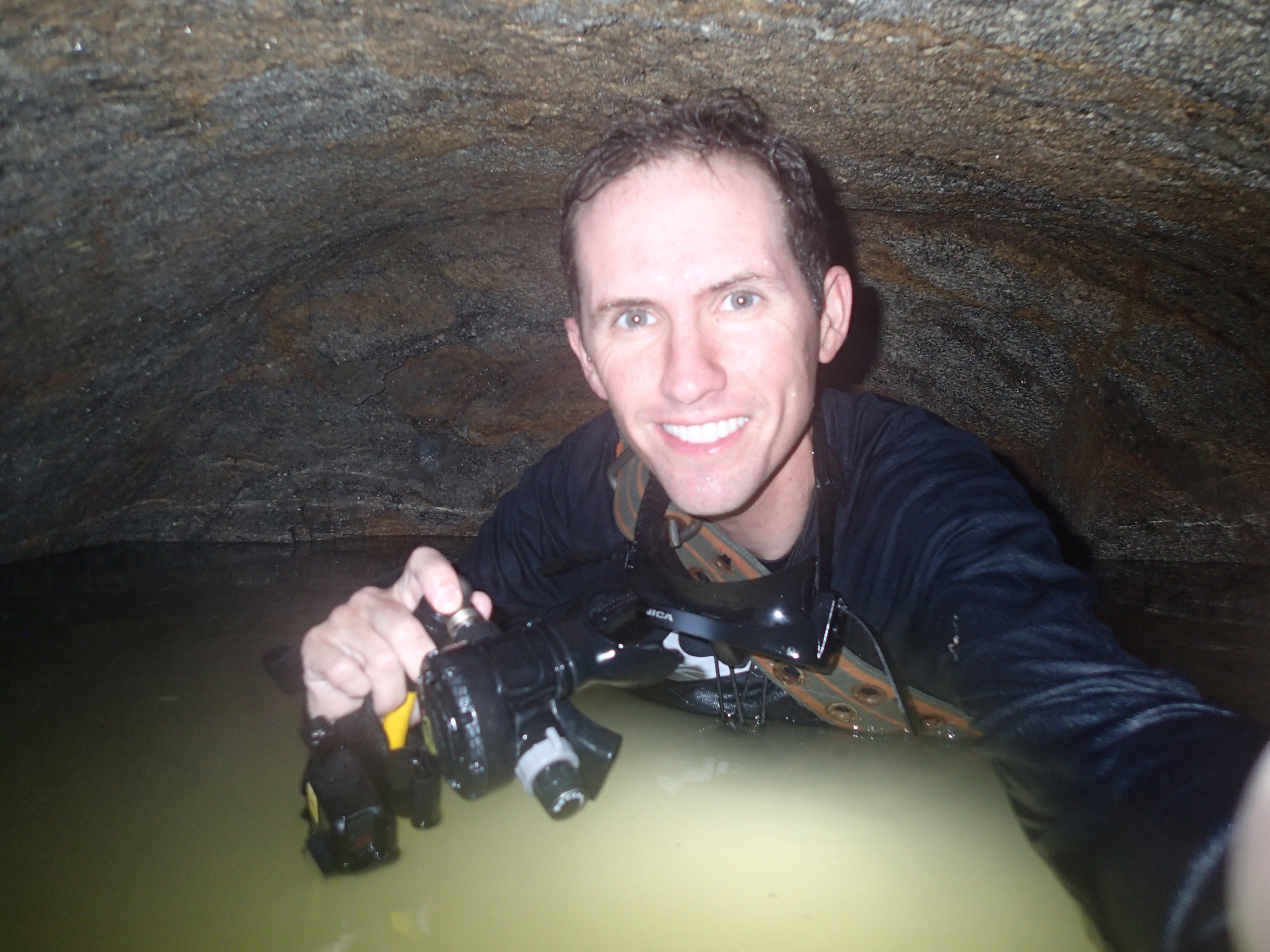Affiliation: University of Arizona

Pearce Paul Creasman is associate professor of dendrochronology and Egyptian archaeology, curator of the Laboratory of Tree-Ring Research, and director of the Egyptian Expedition at the University of Arizona. He is author or co-author of more than fifty scholarly articles and six edited volumes, including Pharaoh’s Land and Beyond: Ancient Egypt and Its Neighbors (Oxford University Press 2017). He received a MA and PhD from the Nautical Archaeology Program at Texas A&M University. Professor Creasman is currently involved in several initiatives to apply scientific methods to long-standing problems in Egyptology, using new data to improve the resolution of our collective knowledge in areas such as ancient climate change and chronology. In addition, he leads active fieldwork in Egypt in Sudan. His research primarily focuses on understanding ancient human and environmental interactions, especially as it relates to the use and acquisition of natural resources, and to maritime life in Egypt.
February 23, 2019 @ 11:00 am
After ancient Egypt’s famed New Kingdom ended, kings from Nubia unified the lands of the Nile and led the empire out of the doldrums to its last flourish of pharaonic greatness. The Nubian kings originated from “Napata,” a little-known UNESCO World Heritage Site in modern Sudan. The pyramids, royal cemetery, and necropoles at “Nuri” comprise more than 7,500,000 square feet of Napata, and are a virtually unstudied and unexplored. In 2018, a new archaeological mission was initiated at Nuri.
With more than 20 extant pyramids, Nuri is the largest royal Nubian cemetery and it served as the resting place for at least 60 kings and queens from 700-300 BCE. The first royal so buried was the biblical pharaoh Taharqa (protector of Jerusalem, per 2 Kings 19:9), whose tomb was cut into the bedrock 30 feet below his pyramid. His descendants used the site for four more centuries and copied his pyramid/tomb plan. While Nuri was partly excavated in the 1910s, it remains poorly published and largely unexplored. As a result of climate change, intensive agriculture nearby, and the construction of dams along the Nile, rising groundwater has submerged many of Nuri’s tombs, likely including all of the subterranean pyramid chambers of the kings. Today, at least four kings’ burial chambers remain unexcavated and underwater.
This presentation discusses the 2018 and 2019 fieldwork to excavate the underwater burial of the last Nubian king interred at Nuri: Nastasen. Supported by the National Geographic Society, excavations of Nastasen’s pyramid represent the first attempt to conduct underwater archaeology in Sudan. While not yet completed, significant discoveries were made and will be discussed within the framework of Nuri as a whole and the site’s great potential.